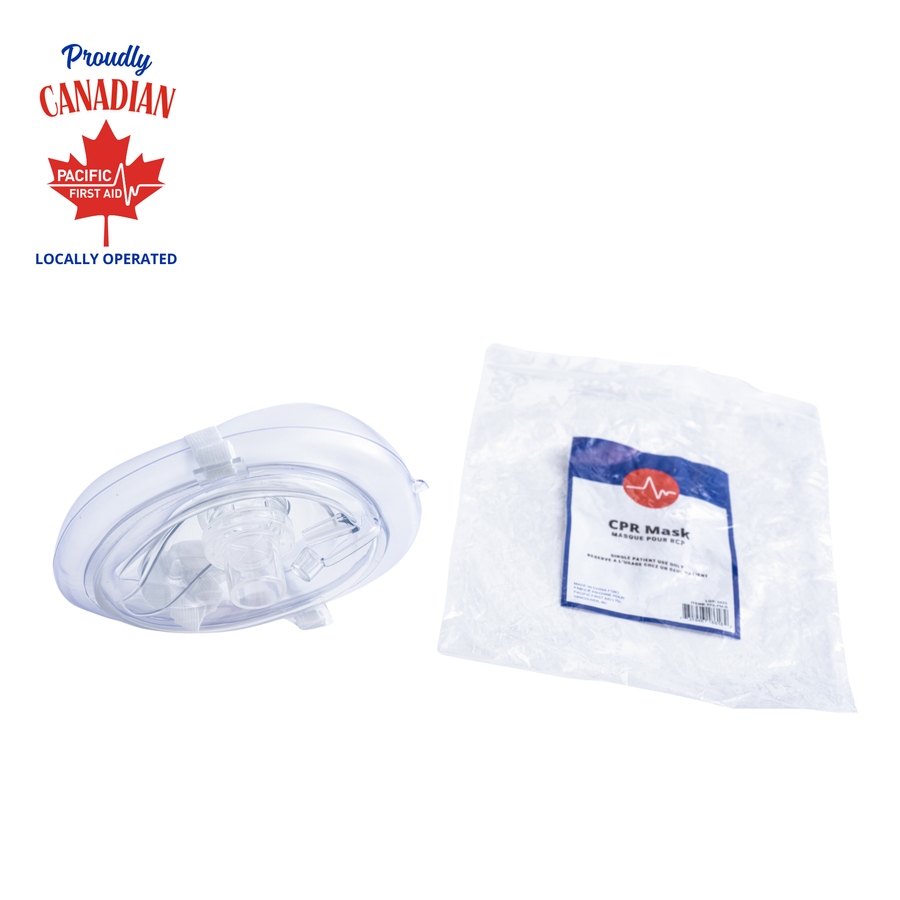
Wilderness First Aid: Navigating Emergencies in the Great Outdoors
Venturing into the wilderness offers breathtaking experiences and adventures, but it also comes with inherent risks. In this article, we'll delve into the importance of wilderness first aid training and discuss essential skills and strategies for handling emergencies effectively in remote outdoor settings.
The Challenges of Wilderness Emergencies
Unlike urban environments where medical help is often readily available, wilderness areas pose unique challenges during emergencies. Factors such as limited access to healthcare facilities, rugged terrain, unpredictable weather conditions, and wildlife encounters can complicate rescue and evacuation efforts. Wilderness first aid training equips individuals with the knowledge and skills to manage injuries and medical emergencies until professional help can be reached.
Key Skills for Wilderness First Aid
Assessment and Prioritization: Quickly assess the scene and prioritize care based on the severity of injuries or illnesses. Implement the ABCDE approach (Airway, Breathing, Circulation, Disability, Exposure) to triage patients effectively.
Wound Management: Clean and dress wounds using available resources in the wilderness, such as bandages, gauze, and tape. Prevent infection and promote healing while considering environmental factors like moisture and temperature.
Splinting and Immobilization: Immobilize injured limbs using improvised splints or natural materials like branches to prevent further damage and reduce pain during transport.
Environmental Considerations: Manage environmental emergencies such as hypothermia, heatstroke, dehydration, and altitude sickness. Know how to provide shelter, maintain body temperature, and administer appropriate fluids.
Medical Emergencies: Recognize and respond to medical emergencies such as allergic reactions, asthma attacks, heart conditions, and seizures. Carry necessary medications and know how to administer them safely.
Essential Gear for Wilderness First Aid Kits
A well-prepared wilderness first aid kit is essential for outdoor adventures. Here are some items to include:
Trauma Supplies: Bandages, gauze, adhesive tape, wound closure strips, and antiseptic wipes for wound care.
Splinting Materials: SAM splints, triangular bandages, and elastic bandages for immobilization.
Medications: Pain relievers, antihistamines, epinephrine (for severe allergic reactions), and any necessary prescription medications.
Tools: Scissors, tweezers, gloves, and a multi-tool for various first aid procedures.
Emergency Communication: Whistle, signaling mirror, and a fully charged mobile phone or satellite communication device for calling for help.
Training and Preparedness
Enroll in a wilderness first aid course offered by reputable organizations to gain hands-on training and certification. Practice scenarios in outdoor settings to simulate real-life emergencies and enhance your decision-making skills under pressure. Regularly review and update your skills and gear to stay prepared for wilderness adventures.
Conclusion: Safety in the Wild
Wilderness first aid is not just a skill set; it's a mindset of preparedness and responsibility. Whether you're a hiker, camper, or outdoor enthusiast, being equipped with the knowledge and gear to handle emergencies can turn a potentially dire situation into a manageable one. Stay safe, stay informed, and enjoy the wonders of the great outdoors responsibly with wilderness first aid training.







